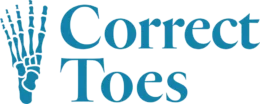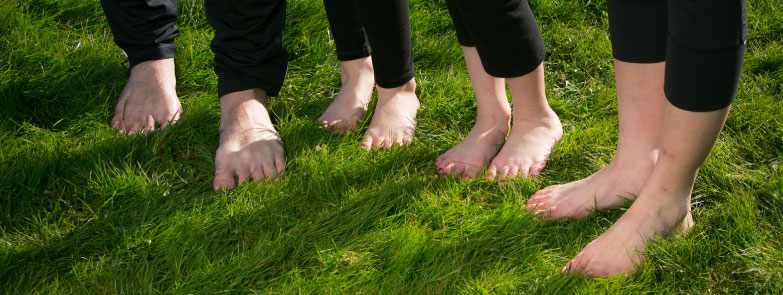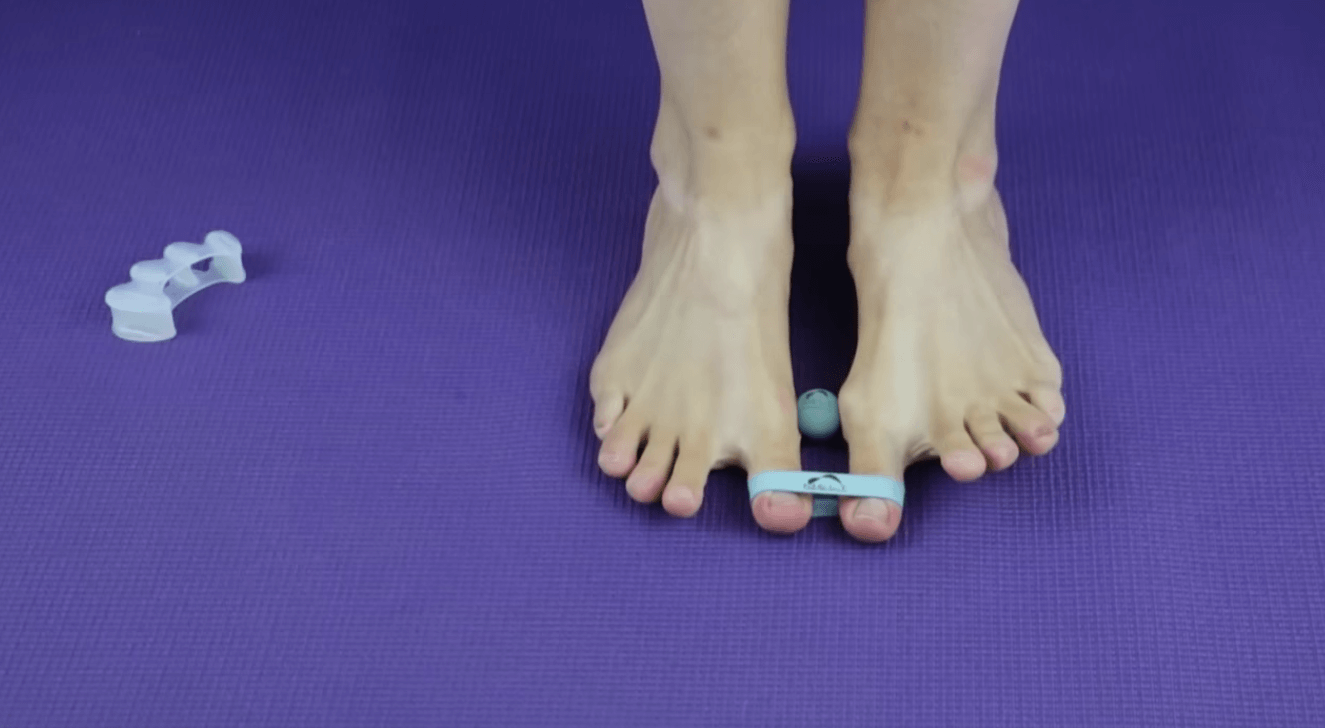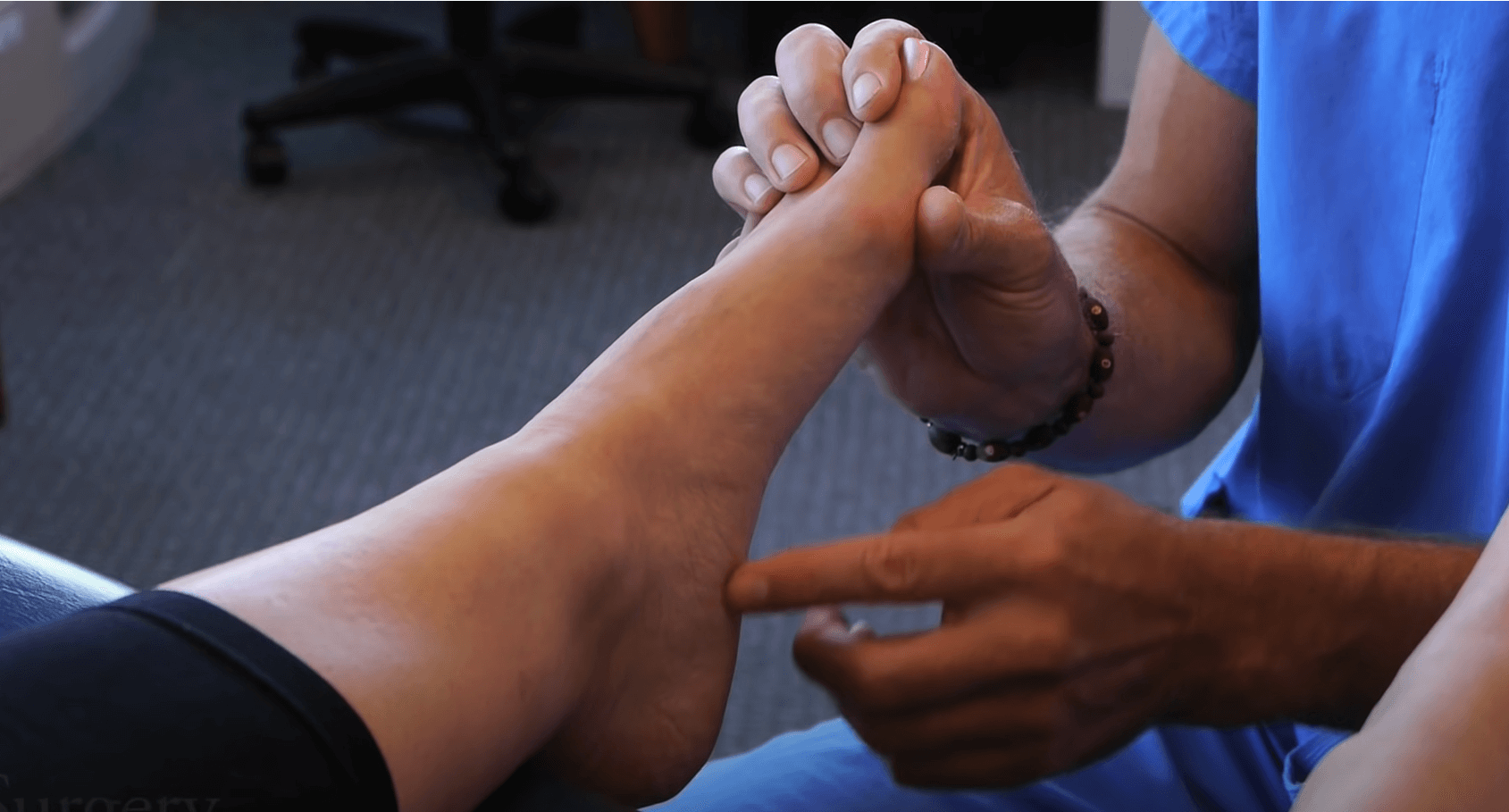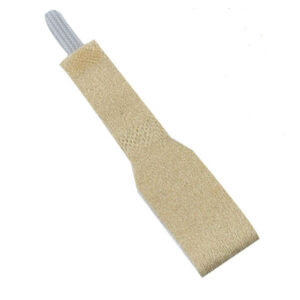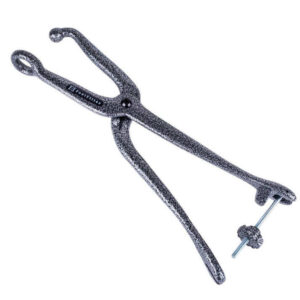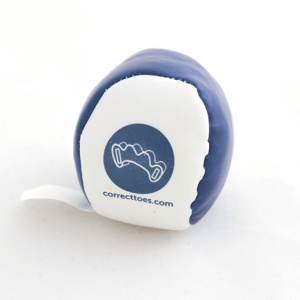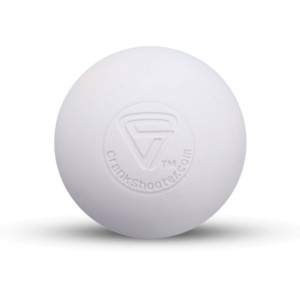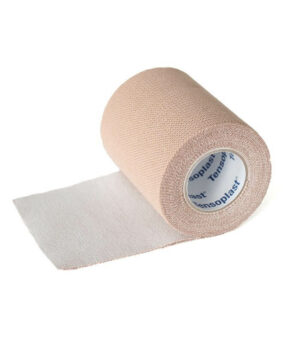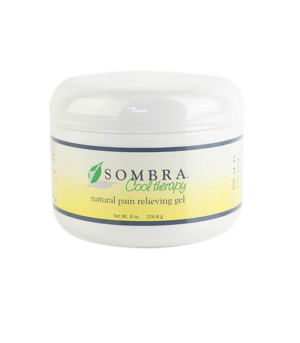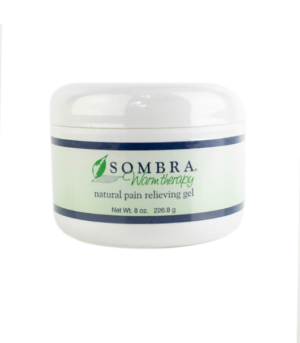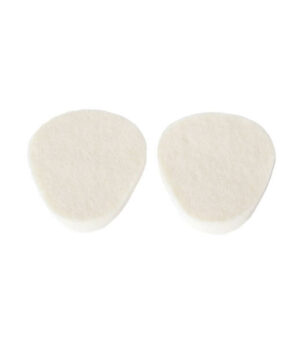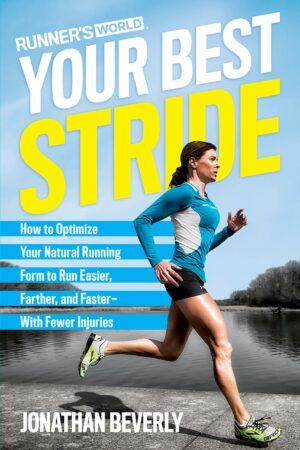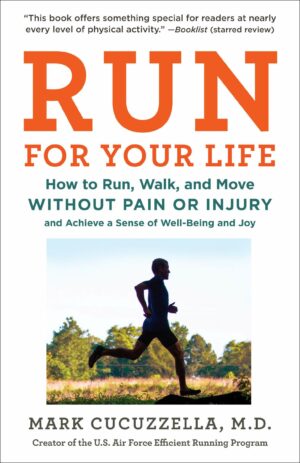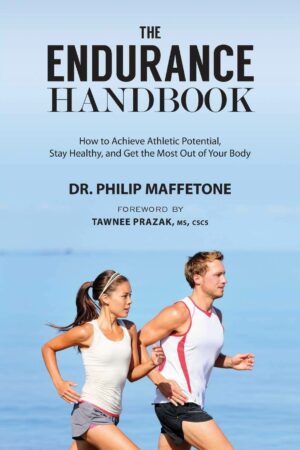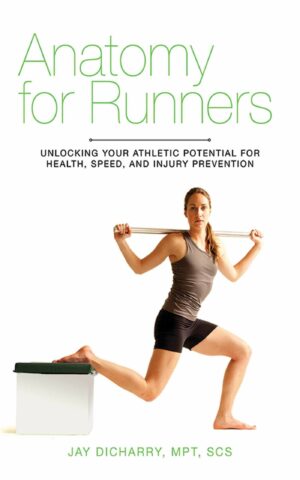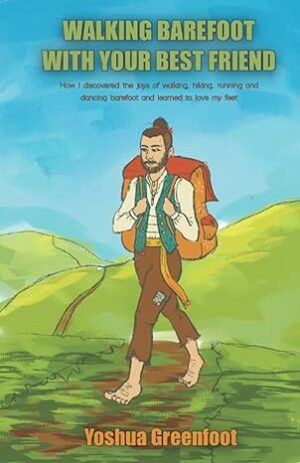Dr. Ray McClanahan interviews barefoot enthusiast Michael Sander on the theory of Earthing and its potential health benefits.
Article originally appeared in Walk About Magazine
Wearing minimal shoes for walking and walking barefoot have been topics of discussion in Walk About magazine for many years now. Repeatedly we have discussed such potential benefits as increased strength of the muscles of the feet, thickening of the protective layers of the foot skin, and increased body awareness by better feeling of the ground (proprioception).
Many walkers are aware of these directly observable physical changes that can occur in human feet. What are not so clearly observable and measurable are the newly emerging reasons why we should be removing our shoes and standing and walking in direct contact with the earth. It is called Earthing.
Briefly described, the theory suggests that our bodies develop built-up electrical charges that change our internal chemistry toward a more inflamed state of existence. This is thought to occur because American walkers live their lives largely separated from the natural electrical charge of the earth. We ride in cars, wear shoes, live in houses and high-rise apartments, and sleep on mattresses. We rarely touch the actual ground. If we reconnect with the ground, we recalibrate our systems to what our natural electrical state should be, and dissipate built-up electrical charges. This equates to better health.
Since the introduction of Earthing a few issues back, I read the book, Earthing: The Most Important Health Discovery Ever, and have interviewed doctors and researchers who are familiar with the science behind Earthing. I have talked to people who live barefoot and walk directly on the earth, as well as others who reap the benefits of Earthing by connecting themselves to products that are connected to a grounding rod buried into the ground outside of their homes. A common example of this type of Earthing is accomplished by using grounding sheets that are placed on top of mattresses to be slept on.
Many people who have experienced Earthing report a variety of positive health benefits such as better sleep, quicker recovery from exercise, and greater flexibility and mobility. The book was great, but I needed to talk to real people who had real experience with Earthing.
The most interesting person I met in my research on Earthing is the author of Barefoot Running, Michael Sandler. The reason why I found him so beneficial to my research and understanding of Earthing, was because he was the only individual that I met who had extensive knowledge and experience with both types of Earthing, natural Earthing, by living barefoot, and, simulated Earthing, by using grounding devices. He has had a professional cycling career in Europe. Here is a conversation I had with him.
Do you believe in the theory of Earthing?
Yes, as our bodies are electrical, the earth is electrical, and everything that touches the earth or is disconnected from the earth is affected by the charge of the earth. To me it’s like asking if I believed in the theory of electricity. Just because you don’t see it, doesn’t mean it doesn’t affect us on a minute-by-minute basis.
Has your habitual practice of living barefoot confirmed any of the ideas supporting Earthing?
Yes, I can see large differences in the way I feel ([reduced] inflammation in the joints, healing, stress reduction, and greater creativity) by the time I spend in direct contact with the ground.
Have you perceived a difference in the effects of natural Earthing (barefoot living), compared to your experience of using grounding recovery sheets in your professional cycling (simulated Earthing)? Surprisingly, yes. While I believe there’s benefit to using grounding recovery sheets (I’ve seen inflammation decrease, and I personally sit on one when I’m working at the computer and when sleeping at night), there appears to be a much greater difference, and a very different sensation, by sitting or walking directly on the earth. For instance, the creativity, calmness, and feeling of joy that I get when directly connected to the earth appears to be far greater than [what I get from] a grounding sheet.
Are the potential positive health benefits from Earthing as significant as has been reported, or is the effectiveness of this approach being exaggerated and hyped?
I think there’s both hype and a thread of truth in everything we hear and read. After all, we all have our own personal biases. However, with that said, I think the effects of grounding are huge and deserve significant further examination. Personally, after a near-death accident, I could not heal and could not run again until I began going barefoot. In a sense, getting connected to the earth saved my life and returned me to health. And I’m not alone with [my] story. The anti-inflammation benefits cannot be overstated. And we live at a time when inflammatory diseases are the Number One cause of death. I believe it’s because at no time in our history have we been this disconnected from the earth. Plugging back in and getting that “Vitamin G,” for ground, as I call it, is the most important thing in the world, it’s like a starting point or foundation. If you want a strong building, build it into the earth. If you want a strong tree, you need great roots growing into the ground. And if you want a healthy human being, then we need to be connected to the ground beneath our feet.
What are the most important features to understand for walkers to begin their own Earthing experiment?
Vitamin G, or getting grounded, is cumulative. Even spending a few minutes every day helps, and the more time you do it, the better. There’s no such thing as spending too much time connected to the earth. Imagine telling a squirrel it may get sick if it doesn’t get up and off of the ground or put on shoes. So the more we do it, the better. However, going fully barefoot is something the musculoskeletal system of our body needs to adapt or adjust to. So in the beginning, baby-step your way into barefoot walking, with 100 yards your first day, none the second, then add 100 yards every other day. You can still connect with the earth in-between, for instance, sit outside on a light cloth at daybreak (particularly with your bare feet touching the ground), or lay down and let your head rest directly on the earth; or at lunchtime too, spend a few minutes fully barefoot or sitting on the earth, this is one of the greatest ways to recharge, de-stress, and reinvigorate yourself.
Ray McClanahan, DPM, is a podiatrist and owner of Northwest Foot and Ankle Clinic. He’s passionate about preventive foot care. To contact McClanahan call 503-243-2699 or visit www.nwfootankle.com.
| About Michael Sandler A former professional athlete, Sandler of www.RunBare.com is the best-selling co-author of Barefoot Running. Along with co-author Jessica Lee, they travel the world and hold retreats, helping others reconnect with the Earth, quiet their minds, and heal through |
